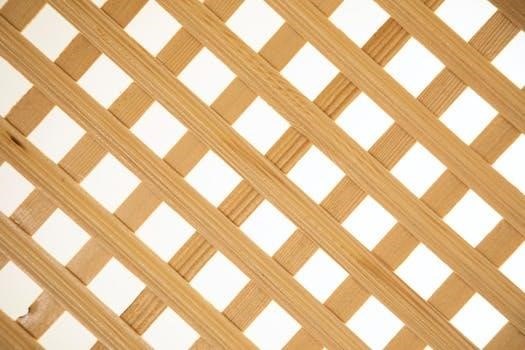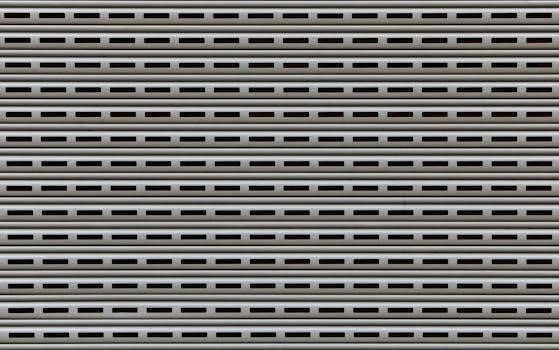Understanding parallel lines intersected by a transversal is fundamental in geometry. This worksheet will guide you through the key concepts and provide practice problems to solidify your understanding of these concepts.
Definition of Parallel Lines
Parallel lines are defined as lines that exist within the same plane and maintain a constant distance from one another; they never intersect, no matter how far they are extended. This constant distance is a crucial attribute, differentiating parallel lines from other line relationships. Think of train tracks running straight; they exemplify perfect parallel lines, always staying equidistant. Mathematically, we often denote parallel lines using the symbol ‘||’. When two lines are parallel, it means that their slopes are identical. Understanding the concept of parallel lines is essential for studying geometry and is often the basis for further geometric constructs and relationships, like those involved with transversals. Recognizing parallel lines in geometric figures is a cornerstone skill that aids in solving many problems involving shapes and angles. This foundational concept is vital to grasp.
Definition of a Transversal

A transversal is a line that intersects two or more other lines, which may or may not be parallel, at distinct points. The key characteristic of a transversal is that it cuts across at least two lines, creating several angles at each intersection. When a transversal intersects parallel lines, it forms specific angle pairs with unique properties, such as corresponding angles, alternate interior angles, and alternate exterior angles. These angle relationships are fundamental to understanding geometry and solving problems related to parallel lines and transversals. The concept of a transversal is crucial for exploring how angles are related when lines are intersected. It provides a framework for understanding the geometric relationships formed in such configurations. Visualizing a transversal as a line cutting across several lines is important for grasping the geometric principles involved.

Key Angle Relationships
When a transversal intersects parallel lines, specific angle pairs are formed. These pairs have unique relationships that are crucial for solving geometric problems. Understanding these relationships is key.
Corresponding Angles
Corresponding angles are pairs of angles that occupy the same relative position at each intersection where a transversal crosses two lines. Imagine sliding one of the lines along the transversal until it overlaps the other; the angles that would then coincide are corresponding angles. These angles are congruent when the lines intersected by the transversal are parallel. This property is known as the Corresponding Angles Postulate and is a fundamental concept in geometry. It allows us to determine if lines are parallel based on the measures of these angles and to find unknown angle measures when parallel lines are already established. Recognizing corresponding angles is essential for solving many geometric problems. The measure of corresponding angles is always equal, if the lines are parallel. These angles are in the same relative position.
Alternate Interior Angles
Alternate interior angles are pairs of angles that lie on opposite sides of the transversal and between the two lines. They are located inside the region formed by the two lines. When the lines intersected by the transversal are parallel, these alternate interior angles are congruent, meaning they have equal measures. This relationship is known as the Alternate Interior Angles Theorem and is a key property used to determine if lines are parallel, and to calculate unknown angles. Imagine the transversal as a “road” cutting through two “streets”; the alternate interior angles are like opposite corners of these intersections inside the “streets.” Recognizing these angle pairs is crucial for solving problems involving parallel lines. They are on the interior and on opposite sides of the transversal.
Alternate Exterior Angles
Alternate exterior angles are pairs of angles formed when a transversal intersects two lines. These angles lie on opposite sides of the transversal and outside the two intersected lines. If the lines intersected by the transversal are parallel, then these alternate exterior angles are congruent, meaning they have the same measure. This principle is known as the Alternate Exterior Angles Theorem. Identifying alternate exterior angles and using their congruent property is important in solving geometric problems and determining whether lines are parallel. They are located on the exterior and on opposite sides of the transversal. Understanding the concept of alternate exterior angles is a foundational skill in geometry, especially when working with parallel lines.

Worksheet Applications
Worksheets provide a practical way to apply the concepts of parallel lines and transversals. Through various exercises, they help in mastering angle relationships and solving geometric problems.
Identifying Angle Pairs
Worksheets often include exercises that focus on the identification of different angle pairs formed when a transversal intersects parallel lines. This skill is crucial for understanding the relationships between angles. Students will be asked to recognize corresponding angles, which occupy the same relative position at each intersection. They’ll also need to identify alternate interior angles, which lie on opposite sides of the transversal and between the parallel lines. Additionally, alternate exterior angles, found on opposite sides of the transversal and outside the parallel lines, are a key focus. These exercises might involve diagrams with multiple lines and angles, challenging students to pinpoint the correct angle pairs based on their definitions and positions. Mastering this identification process is fundamental for solving problems related to parallel lines and transversals, setting a solid foundation for more complex geometric concepts and algebraic problem-solving.
Solving for Unknown Angles
Many parallel lines and transversals worksheets contain problems designed to develop students’ skills in solving for unknown angles. These problems typically present a diagram with parallel lines cut by a transversal, where some angle measures are given, and students must find the measures of the remaining angles. To do this, they’ll apply their knowledge of angle relationships, such as the fact that corresponding angles are equal, alternate interior angles are equal, and alternate exterior angles are equal. They might also need to use the property that angles on a straight line add up to 180 degrees. Such exercises often require a step-by-step approach, where students deduce the measure of one angle based on given information and then use that measure to find others. These problems enhance students’ problem-solving skills and deepen their understanding of angle relationships related to parallel lines and transversals.
Algebraic Applications in Parallel Lines Problems
Some worksheets on parallel lines and transversals incorporate algebraic concepts by introducing variables into angle expressions. Instead of giving the numerical value for an angle, the worksheet might provide expressions like 2x + 10 or 3y – 5. Students need to use their understanding of angle relationships to set up equations and then solve for the unknown variables. For instance, if two corresponding angles are represented by algebraic expressions, they can set those expressions equal to each other and find the value of the variable. Once the variable is known, the numerical measure of the angles can be determined. This type of problem reinforces both geometric and algebraic skills, showing how these concepts can be combined. Students develop a deeper understanding of angle relationships while also practicing their algebraic skills in solving equations and substituting variable values.

Resources for Practice
Many websites and educational platforms offer free printable worksheets. These resources provide ample opportunity to practice the concepts discussed and solidify your understanding of the topic.
Free PDF Worksheets
Numerous websites offer free PDF worksheets focusing on parallel lines and transversals. These worksheets are designed to help students practice identifying angle pairs and applying the properties of parallel lines. Many of these resources include a variety of exercises, ranging from basic identification to more complex problem-solving scenarios, often incorporating algebraic concepts. You can often find worksheets that include answer keys, allowing for easy self-assessment and review. These free resources are designed by subject experts, ensuring they cover the relevant concepts and are suitable for various skill levels. Utilizing these worksheets will help solidify your understanding of angle relationships and strengthen your ability to solve problems. Additionally, these worksheets can be a valuable tool for teachers looking for extra practice materials or for parents assisting their children with math homework. The availability of these free PDF worksheets makes studying parallel lines and transversals more accessible and convenient. These worksheets are designed to enhance learning and to provide ample practice for students to master the concepts.
Interactive Online Resources
Beyond traditional worksheets, various interactive online platforms offer engaging ways to learn about parallel lines and transversals. These resources often include interactive diagrams where users can manipulate lines and angles to observe relationships directly. Some platforms provide quizzes and games to make learning more enjoyable, testing the user’s understanding of angle properties. Many of these interactive tools are designed to provide immediate feedback, allowing learners to adjust their approach and correct any misconceptions. These online resources also often provide detailed explanations and examples, further enhancing comprehension. Additionally, interactive platforms can adapt to a learner’s pace and skill level, making them suitable for both beginners and more advanced students. These resources are great for visual learners and those who prefer to learn by doing. These online tools offer a supplementary approach to learning about parallel lines and transversals, making it easy for learners to practice and study from any location with an internet connection. The interactive elements can help students visualize the concepts more clearly and keep them engaged in the learning process.
